Here we have been done like a kipper! Our Footprint South American handbook tells us how wonderful is the wildlife in the wetlands of the Pantanal that covers an area the size of Belgium, Holland, Portugal and Switzerland combined. In the same section on the Pantanal, it tells us how great a destination is a town called Bonito, the centre of Eco Tourism in Brazil. So we booked ourselves a tour using a local agent in Salvador (who was Italian an office run by a German). We told him we wanted to go to Bonito to see the wonderful Pantanal.
However, when we got to Bonito, it turned out that we were not in the Pantanal at all but in the savannah in the hills above. It was a three-hour drive by car to get to where we should have been!
Being plucky, resourceful Brits, we had a jolly good moan to the poor guide who came to collect us and, give him his due, he made arrangements for us to travel the next day to spend time where we wanted to go in the first place. Meanwhile, we had a day to enjoy in Bonito, centre of Brazilian ecotourism. I had no idea what was meant by eco tourism but, after a day in the area, it becomes clear what is meant:
1). All tourists will carry all their rubbish with them but locals will chuck theirs anywhere.
2). Do not put anything in a toilet.
3). Do not expect the air-conditioning to function.
4). We don’t change your towels.
Evidently this costs lots of money and the tourist is expected cheerfully to pay up and purge their soul of the sin of travel whilst providing poor locals with a better standard of living.
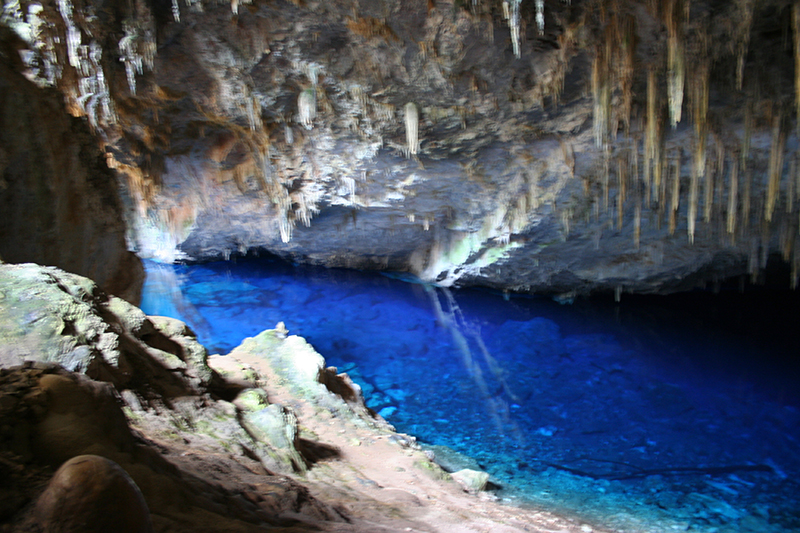 Bonito turned out to be a rather more upmarket version of Chapada Diamantina. We visited Gruta Azul (blue cave) a rather larger and grander version of the one we saw last week. Again, the waters were a sapphire-like blue as light from the opening is refracted through limestone and magnesium. The waters of the lake are a warm 21c all the year round and the waters become very deep very quickly. Both prehistoric animal bones and those of a Gaucho (local cowboy) have been found in the lake though whether they fell or were pushed has yet to be established.
Bonito turned out to be a rather more upmarket version of Chapada Diamantina. We visited Gruta Azul (blue cave) a rather larger and grander version of the one we saw last week. Again, the waters were a sapphire-like blue as light from the opening is refracted through limestone and magnesium. The waters of the lake are a warm 21c all the year round and the waters become very deep very quickly. Both prehistoric animal bones and those of a Gaucho (local cowboy) have been found in the lake though whether they fell or were pushed has yet to be established.
We also enjoyed a snorkel down the Rio Prata that took some 3 hours to complete and was fascinating and huge fun. It starts in a small lake where the river springs near the bottom of a bank from a hole that is about one metre in diameter. The water from the spring is much colder than the rest of the lake so it must warm up in the shallow waters very quickly. The lake has some large yellow coloured Salmon hiding under roots and many bottom feeding fish, some of which must weigh over 6Kg. Having ensured all our equipment is working properly, we float off downstream. Apart from trying to remain in the centre of the river, all we have to do is look around and enjoy the underwater scenery as the current carries us along at a gentle but persistent pace.
I was told before setting off that an anaconda had been spotted swimming along the bank of the river about an hour before we started but being only 3m long it was not considered dangerous. Nevertheless, I decided to keep this from Debbie who places snakes at the bottom of her list of desirable wildlife. On our snorkel nothing more dangerous than a caiman (a type of alligator or crocodile) was spotted and we kept a suspicious eye on it until it was closer to a group of snorkelers behind us.
The waters of the river were amazingly clear, it was possible to see both banks with no problem and the water was a comfortable temperature. It was very relaxing to float along like a large log watching the underwater world whilst listening to the noises of the forest. Some of the Salmon were particularly large and would have made a trophy for any fisherman to brag about for years. Unfortunately, I was unable to catch any; it wasn’t that my tickling needed polishing but rather that it was impossible to remain still against the current. The salmon seemed to manage it but the log couldn’t.
Although we were in totally the wrong place, the day had been most enjoyable and the mistake did not seem quite so bad.
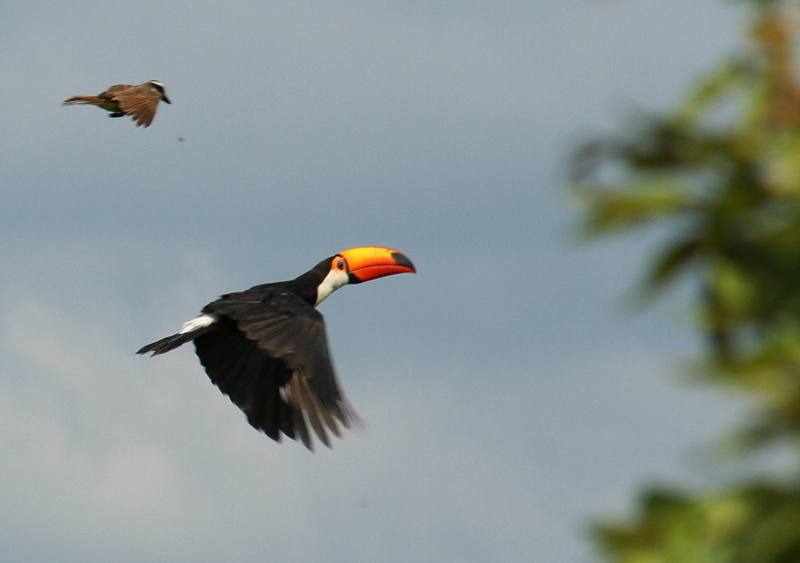 The following morning we had the best part of a four hour drive to get into the Pantanal and on to a Ranch from where we could get to see all the animals in the wild. The wetland is rich in wildlife that is fed by 175 rivers that flow from the higher ground into the flat plain and, after heavy summer rains, these rivers burst their banks to create vast shallow lakes broken by patches of high ground and strands of forest. Plankton then swarm to form a biological soup that contains as many as 500 million microalgae per litre. Millions of amphibians spawn or migrate to consume them and these in turn are preyed upon by waterbirds and reptiles. Some 300 million cattle graze on the lush grasses of the area and, at the top of the food chain, lie South Americas great predators – jaguar, ocelot, panther and yellow anaconda. This is were we would have the best chance to see these great predators, though Debbie would not mind missing the snake.
The following morning we had the best part of a four hour drive to get into the Pantanal and on to a Ranch from where we could get to see all the animals in the wild. The wetland is rich in wildlife that is fed by 175 rivers that flow from the higher ground into the flat plain and, after heavy summer rains, these rivers burst their banks to create vast shallow lakes broken by patches of high ground and strands of forest. Plankton then swarm to form a biological soup that contains as many as 500 million microalgae per litre. Millions of amphibians spawn or migrate to consume them and these in turn are preyed upon by waterbirds and reptiles. Some 300 million cattle graze on the lush grasses of the area and, at the top of the food chain, lie South Americas great predators – jaguar, ocelot, panther and yellow anaconda. This is were we would have the best chance to see these great predators, though Debbie would not mind missing the snake.
As it turned out, the only snake we saw was a dead one in a very large jar. It was a yellow Anaconda that would have been 3 metres long – a small one. Apparently, the largest found was 12.75 metres long, a huge reptile capable of consuming pretty much any animal to whom it took a fancy.
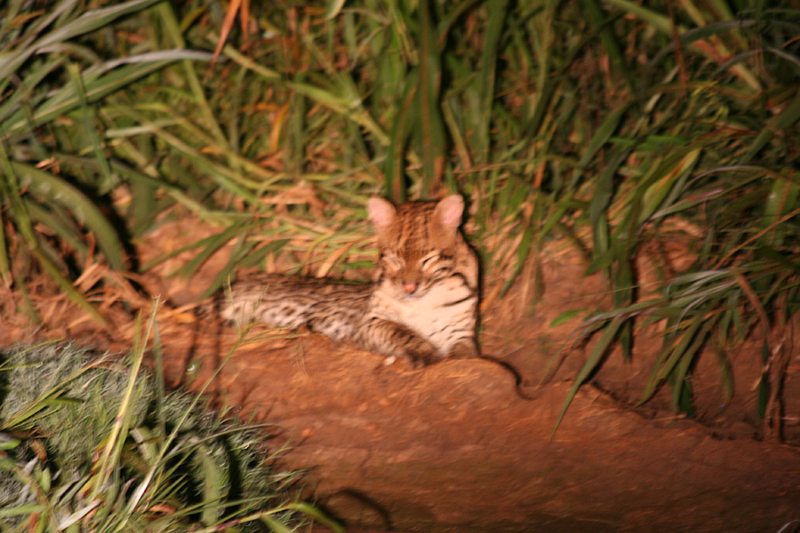 We went on a night drive in an open 4×4 to try to spot a Jaguar but, alas, without success. We did see 3 ocelot which are a very pretty gold and black colour and about the size of a Labrador. One had clearly recently finished supper as it was reclining against the tall grasses at the side of the dirt track without the slightest concern at our presence. It soon got bored watching us and disappeared into the bush without moving a single piece of vegetation or making a sound.
We went on a night drive in an open 4×4 to try to spot a Jaguar but, alas, without success. We did see 3 ocelot which are a very pretty gold and black colour and about the size of a Labrador. One had clearly recently finished supper as it was reclining against the tall grasses at the side of the dirt track without the slightest concern at our presence. It soon got bored watching us and disappeared into the bush without moving a single piece of vegetation or making a sound.
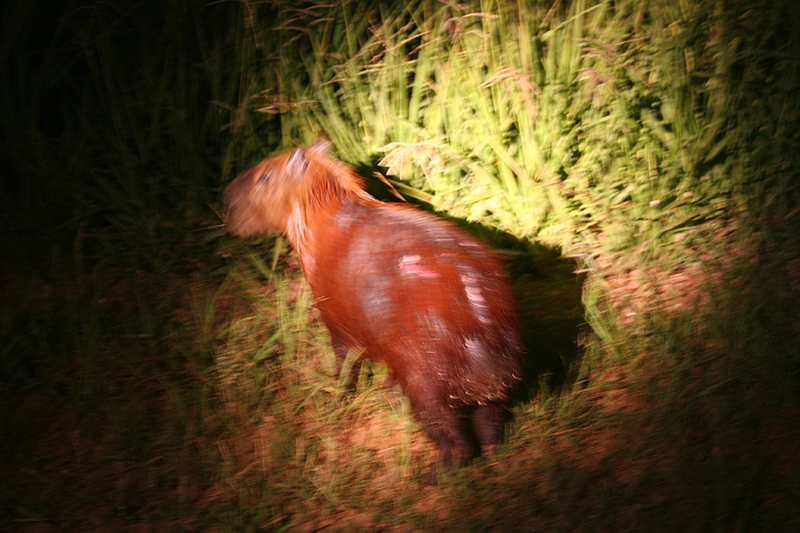 We saw plenty of other wildlife: caiman, owl, marsh deer, capybara but not the one animal we would have swopped the lot to see. The closest we got was a large footprint I suspect was placed there earlier by one of the guides.
We saw plenty of other wildlife: caiman, owl, marsh deer, capybara but not the one animal we would have swopped the lot to see. The closest we got was a large footprint I suspect was placed there earlier by one of the guides.
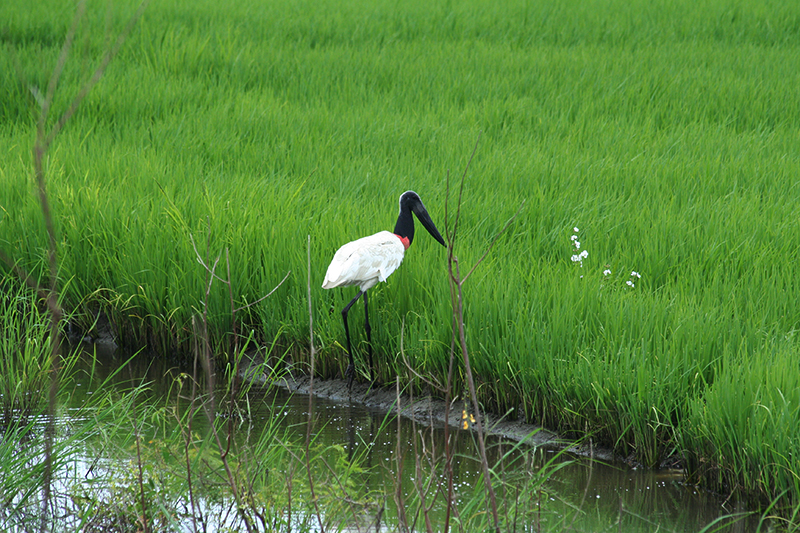 On a day tour there was much to see, mainly birds but also flora (if that is your thing). Personally, after I had seen the same type of bird for the tenth time over a 2 hour period, boredom sets in very quickly. It was too hot for any self respecting mammal or large reptile to be abroad and I had seen enough birdlife to last until the next time and I wanted to retreat to the shade of the ranch.
On a day tour there was much to see, mainly birds but also flora (if that is your thing). Personally, after I had seen the same type of bird for the tenth time over a 2 hour period, boredom sets in very quickly. It was too hot for any self respecting mammal or large reptile to be abroad and I had seen enough birdlife to last until the next time and I wanted to retreat to the shade of the ranch.
We would have loved to stay longer to try and spot some of the big cats but a large slice of luck is needed if that is to happen and all animals have to be in the right place at the right time. A board at the ranch claims that Jaguar were spotted 20 times during October so we hoped we would be in luck but we will try somewhere else on our travels and hope to be lucky next time.

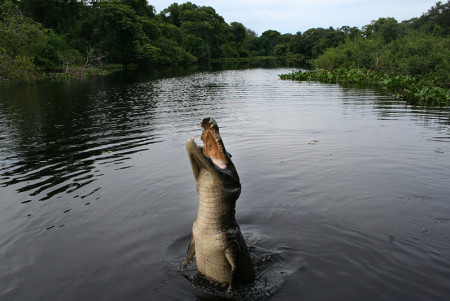
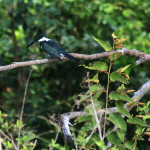
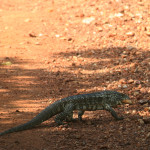
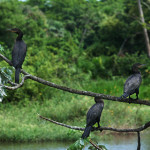
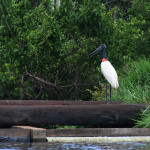
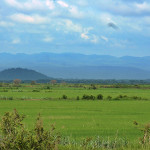
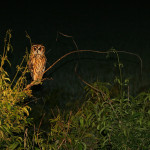
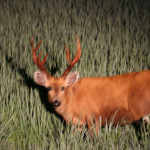
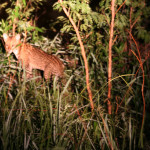
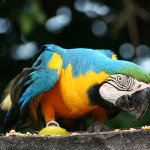
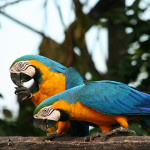
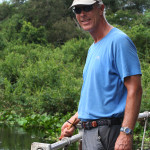

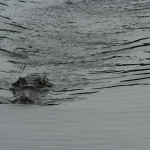
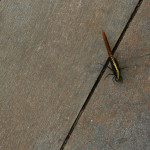
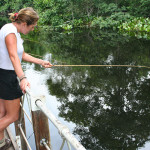
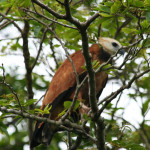
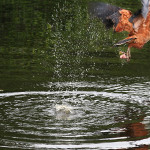
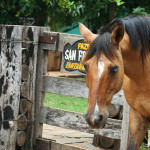
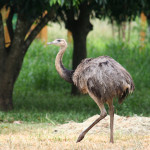
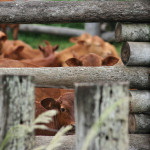
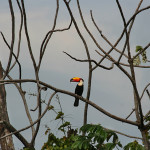
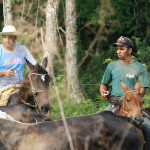
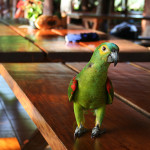
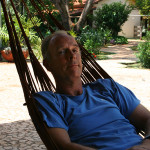
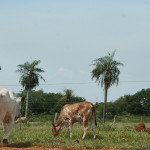
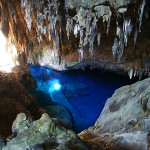
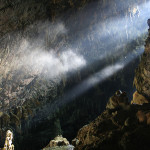
No comments yet.